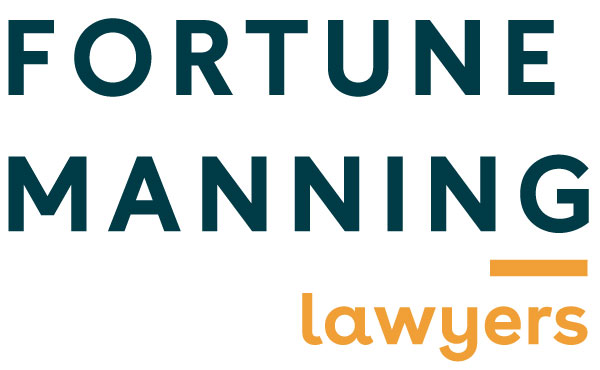Since 1 July 2021, new rules for Purchase Price Allocations (PPA) have been in force. This is important for both vendors and purchasers in commercial property transactions which usually involve mixed assets (eg. depreciable building, depreciable fit-out and non-depreciable land), as there are different tax treatments between the different assets. Whether you are a vendor or a purchaser, it is essential that both parties in such transactions seek appropriate expert tax and legal advice early on in the process as it can have significant impact on your economic outcomes.
Here is an example:
Your company bought a commercial property 10 years ago for $5M. At the time, no PPA was agreed and you decided the following:
| Land (non-depreciable) | $1.5M |
| Building (depreciable) | $2.5M |
| Fit-out (depreciable) | $1M |
Due to the uncertainties of Covid, you now decide to wind down and sell the property. You are selling for $7M and sought expert tax and legal advice, resulting in the following allocation and tax position:
| Original cost | Tax book value | Market value | Depreciation clawback | |
| Land | $1.5M | $1.5M | $5.5M | Not applicable |
| Building | $2.5M | $1.5M | $1.5M | None |
| Fit-out | $1M | $0M | $0M | None |
The above means your company will not have any tax liability upon selling the property. Well done!
However, if your company is the one purchasing the property, instead of using your own allocation to maximize your tax savings, adopting vendor’s allocation will result in much less tax savings. See below for comparison:
| Tax book value | If purchaser’s allocation is adopted | Future tax savings | If vendor’s allocation is adopted | Future tax savings | |
| Land | $1.5M | $2.5M | Not applicable | $5.5M | Not applicable |
| Building | $1.5M | $3.5M | $980k | $1.5M | $420k |
| Fit-out | $0M | $1M | $280k | $0M | None |
That is a difference of $840k in tax savings!
On the other hand, as vendor if your company were to adopt the purchaser’s allocation, there will be tax liability on sale. See below:
| Original cost | Tax book value | Purchaser’s allocation adopted | Depreciation clawback | Tax liability | |
| Land | $1.5M | $1.5M | $2.5M | Not applicable | |
| Building | $2.5M | $1.5M | $3.5M | $1M | $280k |
| Fit-out | $1M | $0M | $1M | $1M | $280k |
Ouch!
As can be seen from the above, it can potentially be a very costly outcome for either vendor or purchaser.
Some other key points:
– There is a threshold below which parties can still choose their own allocations, i.e. if the total purchase price is less than $1M, or if the only property being sold is residential land with chattels and total consideration is less than $7.5M.
– Parties must adopt consistent PPA for tax, based on market value.
– If possible, PPA should be agreed upon when entering into a sale and purchase agreement, which may or may not involve negotiation of purchase price.
– If PPA is not agreed or adopted, the vendor will have the first say within 3 months of the change of ownership on how the purchase price should be allocated by notifying both the purchaser and the Commissioner of Inland Revenue, and both parties must then follow this allocation.
– If the vendor fails to notify within the 3-month timeframe, the purchaser will then have the opportunity to determine the allocation by notifying the vendor and the Commissioner of the allocation within a further 3 months.
– If no allocation is made by either party within the 6-month period, then the Commissioner may allocate the purchase price based on market value.
Make sure you talk to us early on and our team will guide you through the process.


